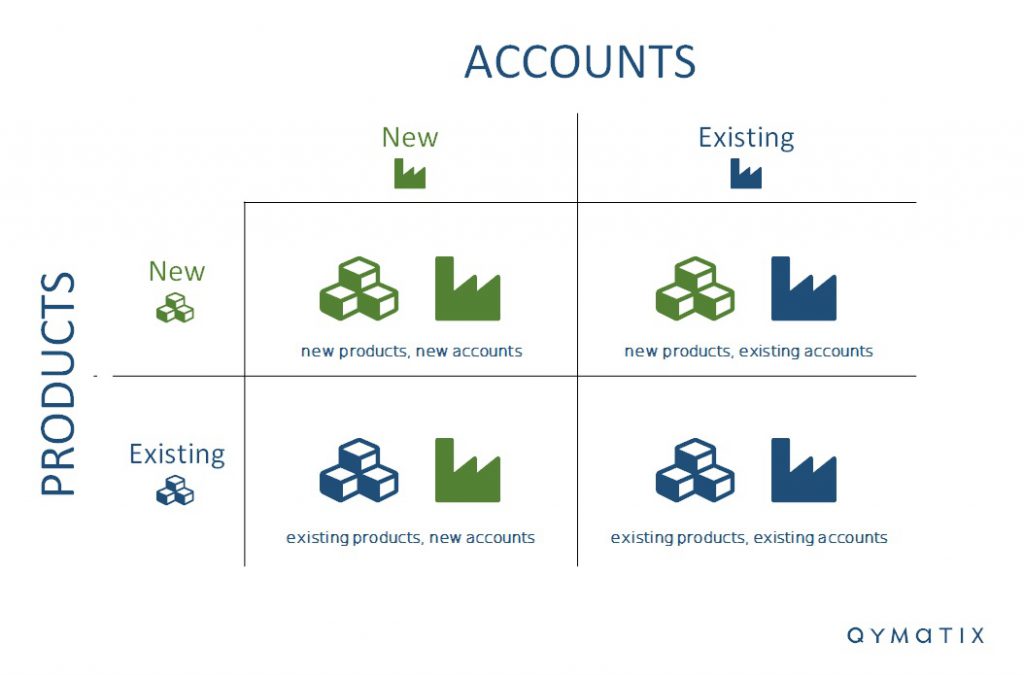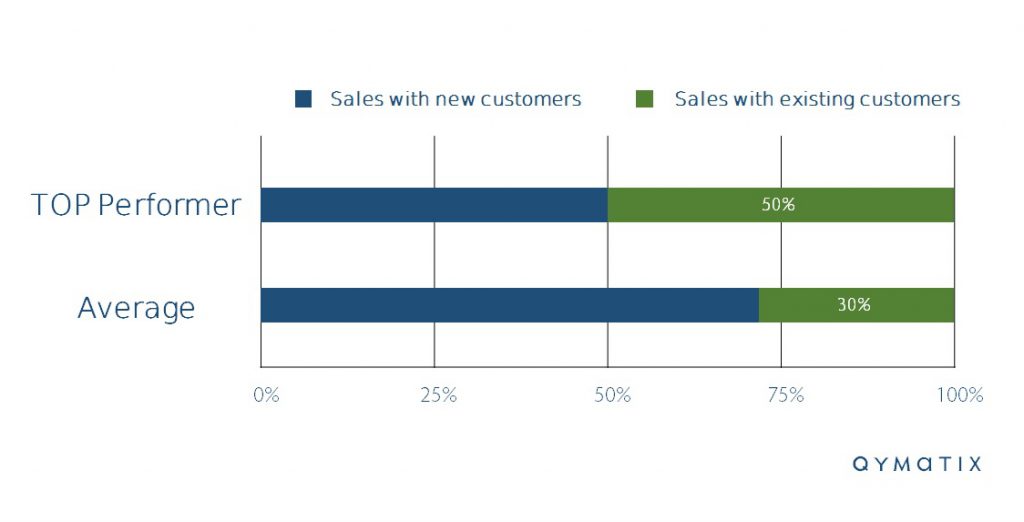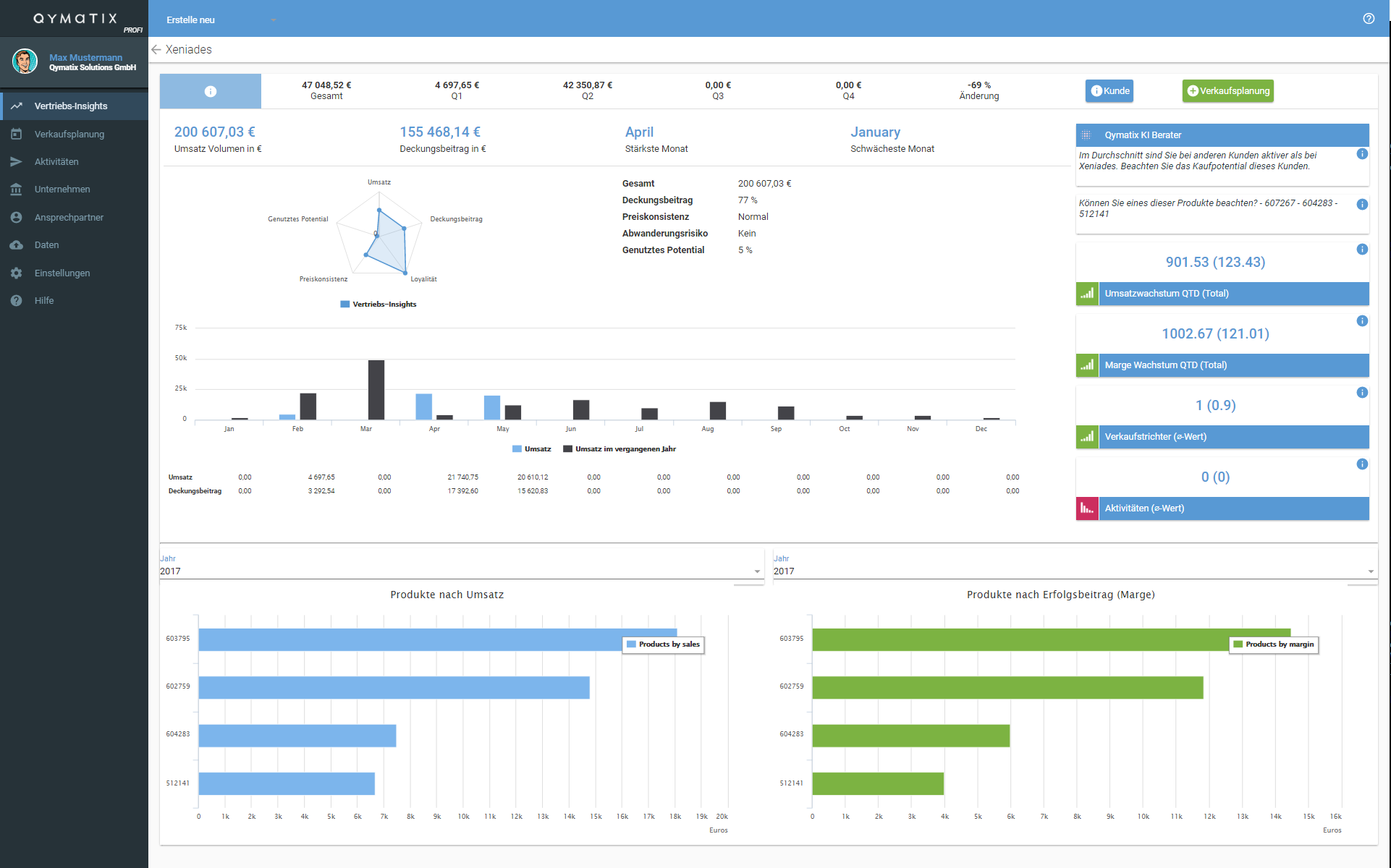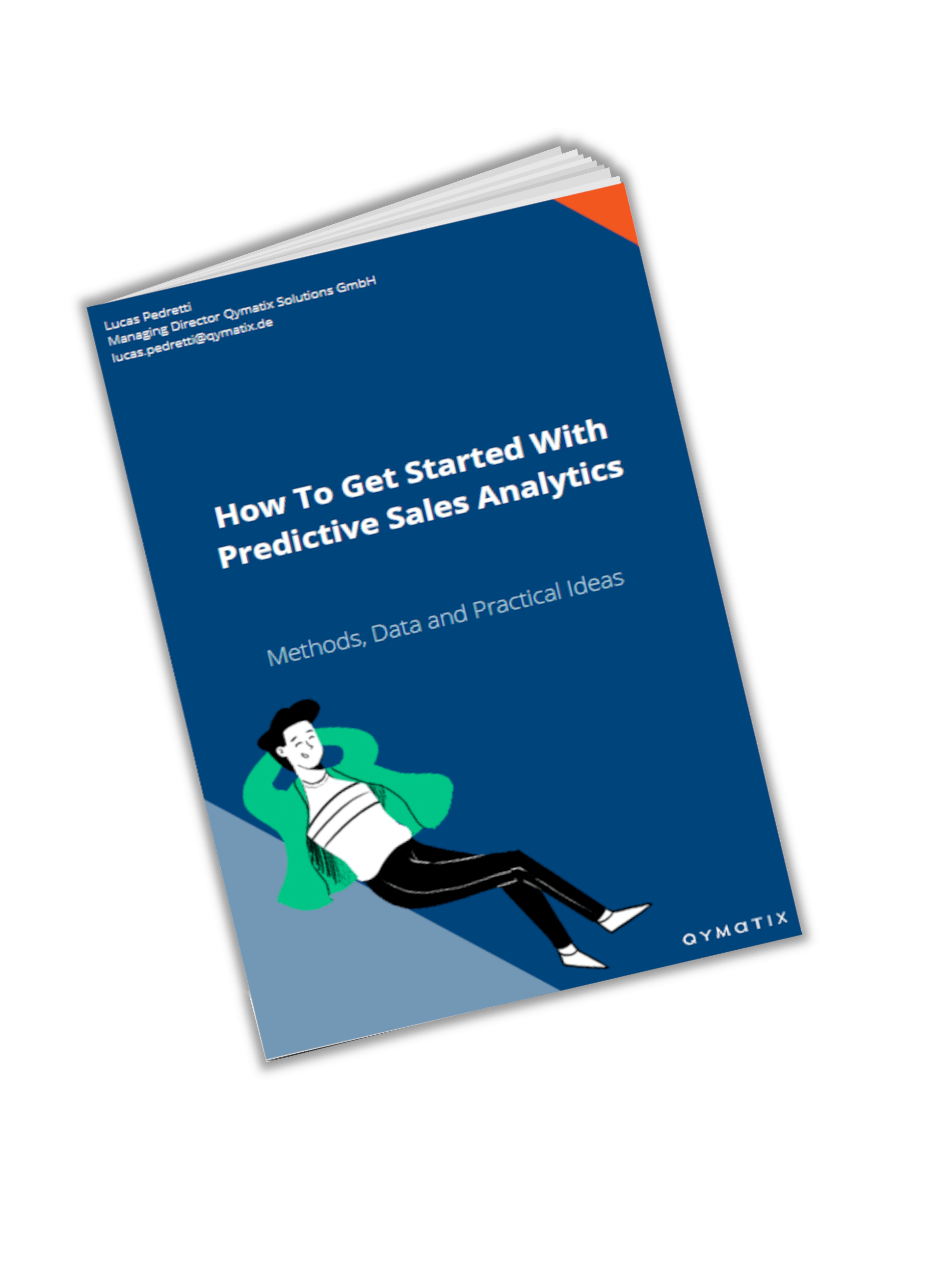How To Accelerate B2B Sales Growth With One Proven Strategy

Please enter your Email address
Revenue stagnation is a nightmare most managers are scared to dream. If a market is growing in line with the economy and income stagnates, then market share is approximately contracting, and a company is becoming irrelevant. No manager wants that.
However, sales leaders are currently under tremendous pressure to grow profitably. Sales acceleration and profitability are difficult to mix. It is hard to have that sales growth cake and eat it too. As with a car, acceleration usually is often used to describe a state of increasing speed, and it usually means burning more fuel (or profits).
Interestingly, a recent Sales Performance Optimisation Study found out that organisations had become somehow optimistic about their sales potential; 74 percent were targeting a higher than 5 % jump in revenue. Now consider nonetheless that in most established B2B industries, markets grow at about the same rate. Optimism suddenly became conformism.
Besides, managers often complain about the lack of focus when it comes to sales growth. In this article, we would like to help them get their discussion organised with examples of sales acceleration strategies.
Why is sales acceleration critical in B2B?
This question is a no-brainer. Most organisations need to grow their revenues to survive. They need to do it faster than their competitors.
The mathematics behind is quite straightforward. If a market stagnates with a 5 % annual growth, for example, it means that every company growing by less than 5 % loses market shares.
There are, of course, from time to time, recessionary or stagnated markets: periods when a market does not grow. The same logic applies in reverse. If a market is contracting 5 %, any contraction below that mark means a company is losing market share.
In both cases, the future of her company is at risk. Therefore, if a sales leader is not concerned about increasing her revenues, she is probably either stagnated or settled. And to quote John F. Kennedy “Conformity is the jailer of freedom and the enemy of growth.”
Additionally, digital technologies are having a significant impact on B2B sales. A recent worldwide survey by A.T. Kearney presented several strategies by which pioneers can grow twice as fast as their competitors, while simultaneously doubling their sales productivity.
I want to accelerate B2B Sales Growth With Qymatix Predictive Sales Software.
B2B sales acceleration strategies
Successfully growing sales in usually follows a given pattern – whether planned by the management or by accident. There are in business-to-business several known strategies to improve sales.
Adopting an optimal sales growth strategy will depend on different factors, such as the strategic objectives of the company and the resources available. It starts by answering the question: “How do we grow sales?”. This analysis will give sales management a good starting point.
Prof. Dr Hagen Lindstädt, Head of the Institute of Applied Business Administration and Management of the KIT, summarises it as three well-known strategies for growing sales:
Increased penetration in core markets.
Growth with new products and services via innovation and diversification.
Growth in new regions via internationalisation and expansion.
We do not discuss mergers, acquisitions and other “non-organic” growth strategies in this article.
To organically grow sales, sales leaders should deeply understand their customers’ business first. They can evaluate afterwards ways to offer them more value. Providing more value to clients usually helps to grow sales slowly.
Sadly enough, companies often blame sluggish growth only to the lack of new customers, innovations or both. Not acquiring new buyers or bringing new products to the market are unquestionably reasons for concern. They will however not accelerate sales in the short term.
Adjusting sales process, improving sales competencies and adopting modern tools is also a good start. It must follow a well-thought assessment of the current situation. Change in big organisations takes nonetheless always longer than initially planned, and therefore does not accelerate sales.
Growth Strategies Using a Product Market Matrix (Ansoff Model)
To frame the discussion, we will use a model known as “Product-Market Model”. We will assume as well that a given market is experiencing moderate growth, something not unusual in most mature B2B industries.

Let’s now have a look at the model above, sometimes also referred as “Customer-Product-Model” or Ansoff Matrix. This model classifies sales growth in four categories. In the horizontal axis, accounts or customers, new and existing. In the vertical axis, products, new and existing.
We have now four different growth paths:
1. Sales growth with new products within new accounts
2. New products within existing markets and accounts
3. Selling existing products to new accounts
4. Selling existing products to current accounts
The Ansoff Matrix is undoubtedly a simplification of a typical B2B situation. Furthermore, there is no clear cut on how to define a “new” vs “old” (or existing) customer. For example, a buyer inactive over several quarters could be classified as “new” since it has not recently bought anything.
To accelerate sales growth in B2B, sales leaders should first look for growth opportunities with existing products in existing buyers. Sales leaders should first consider cross- and up-selling because it usually cost five times more to acquire a new customer, compared to selling to an existing one. Furthermore, there are some 60 to 70 % chances of closing a deal with a current client, versus a 5 to 20 % of closing a new customer sale.
Research in the field of Business-to-Business found two golden discoveries. First, the top performer SME gets around 50 % of their new business with existing customers. That is, best-performing companies focus as much on acquiring new customers, as getting new business from existing customers. Second, growth in market share has more to do with the buying propensities of occasional or inactive buyers.
Therefore, growth-oriented sales managers should focus on converting these sporadic buyers into regular customers.

What do these two conclusions mean for our sales acceleration model? Let’s quickly go over our four-sales growth scenarios.
Growing revenues with new products with new accounts in B2B
In a sense, this is what Start-Ups mainly do. It is hard and requires a substantial marketing and sales investment. Naturally, well-established companies also can consider this strategy for growth. It is, however, not where quick-wins and sales acceleration will appear.
Growing Revenues with existing products in new customers or with new products in existing customers.
Of course, these two strategies are entirely different, but since their acceleration is similar, we describe them together.
In one, the company searching growth should look at what new products to introduce to their current customers. In the second one, the company should find new buyers for its existing products.
What both situations have in common, is that both require substantial investments from the vendor side. Launching new products and acquiring new customers are both expensive matters.
It costs 5 x more to acquire a new customer than selling to an existing one.
Similarly, although both strategies promise substantial long-term revenue growth, this growth will not come fast. Moreover, there is also the risk that this increase in sales will not occur at all. Both could make a tremendous difference in revenue growth in the future, but a slower and risky one. It is better to focus on many small and faster sales opportunities to accelerate revenue growth.
What exactly should a B2B sales leader do to accelerate sales growth?
To spur sales growth in B2B, sales managers should first look for opportunities with existing products in existing buyers. Increasing the economic value of existing clients is the most reliable, predictable, and actionable way to accelerate sales growth.
Why is this the case? Because you are already visiting those customers and you already have the products in your portfolio. There are no significant or risky investments necessary to grow sales.
What can a sales manager do? First, find cross-selling opportunities and devise reasonable upsells. Motivate sporadic buyers to stay loyal to your brand. Systematically check the prices your customers are paying and try to find inconsistencies. Finally, avoid your existing customer from churning, by acting before they stop buying from you.

In summary, sales leaders should continuously identify the untapped economic potential of every existing B2B customer relationship by looking for cross- and up-selling opportunities, rewarding loyalty and reducing customer churn.
Find cross-selling opportunities.
Create upsells with your existing customers.
Motivate customer loyalty.
Check the prices your customers are paying.
Avoid your existing customer from churning.
How To Accelerate B2B Sales Growth With One Proven Strategy – Summary
In B2B, you’re either growing or dying. Revenue stagnation is a dangerous signal. Sales leaders should not let their sales team slip into it.
If your market is growing in line with the general economy, and so are your sales, your company risks soon becoming irrelevant. You don’t want that.
There are several strategies to accelerate revenue growth in B2B. In this article, we discussed the Ansoff Product-Market matrix.
To accelerate sales growth in business-to-business, sales leaders should focus first on discovering sales opportunities with existing products in their current customer base. They should leverage cross and up-selling, optimise pricing and reduce customer churn.
Show me what Qymatix Predictive Sales Software can do for me.
Free eBook for download: How To Get Started With Predictive Sales Analytics – Methods, data and practical ideas
Predictive analytics is the technology that enables a look into the future. What data do you need? How do you get started with predictive analytics? What methods can you use?
Download the free eBook now.
- We will use this data only to contact you for discussing predictive sales KPIs. You can read here our declaration on data protection.

Sources:
27 Sales Acceleration Principles And Best Practices – Forbes
Sebastian Raisch, Gilbert J. B. Probst, Peter Gomez. Wege zum Wachstum: wie Sie nachhaltigen Unternehmenserfolg erzielen.
Wachstum: Die drei Strategien – Prof. Dr. Hagen Lindstädt (in German).
Gleanster, 2015, “Rethinking the Role of Marketing in B2B Customer Engagement”

